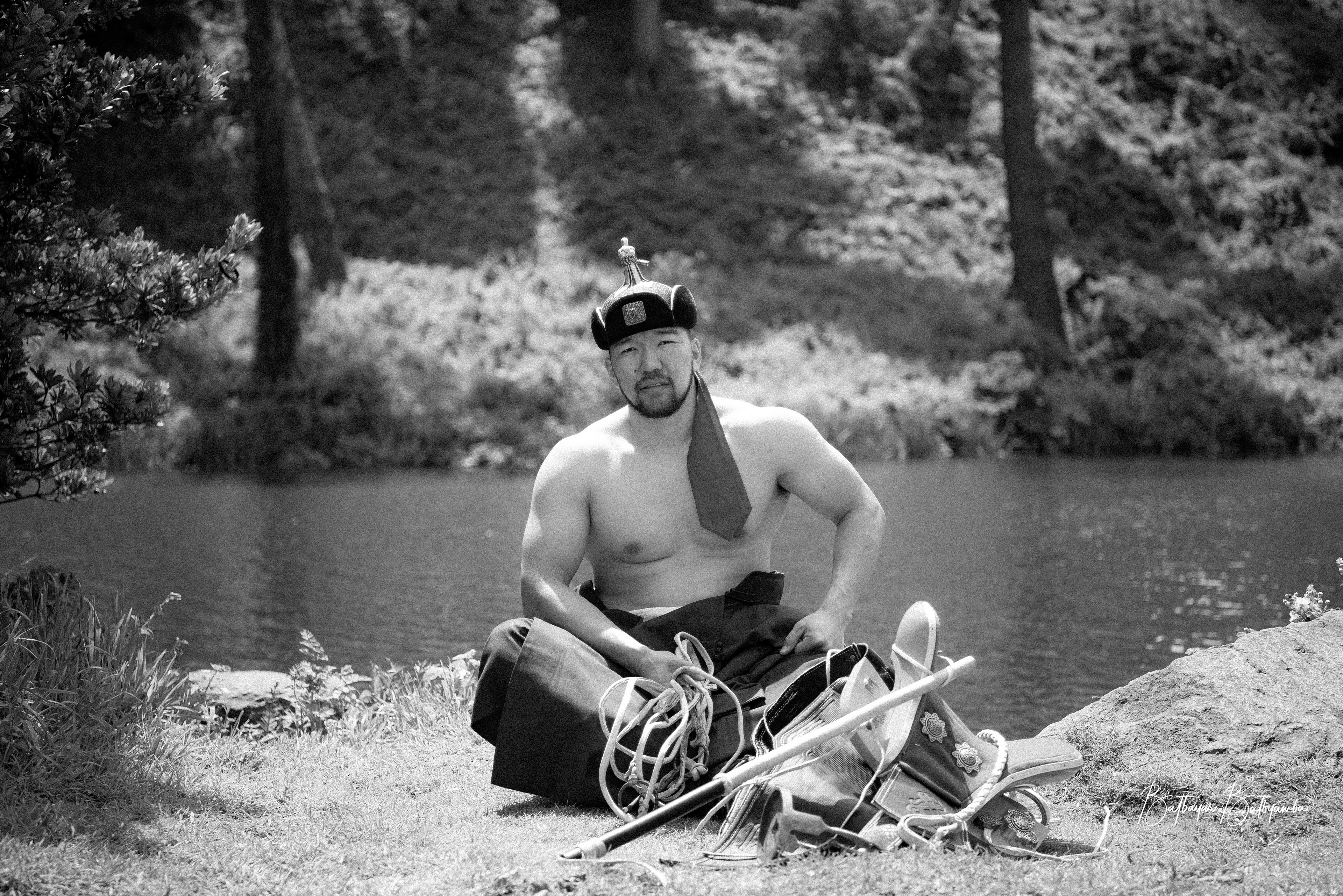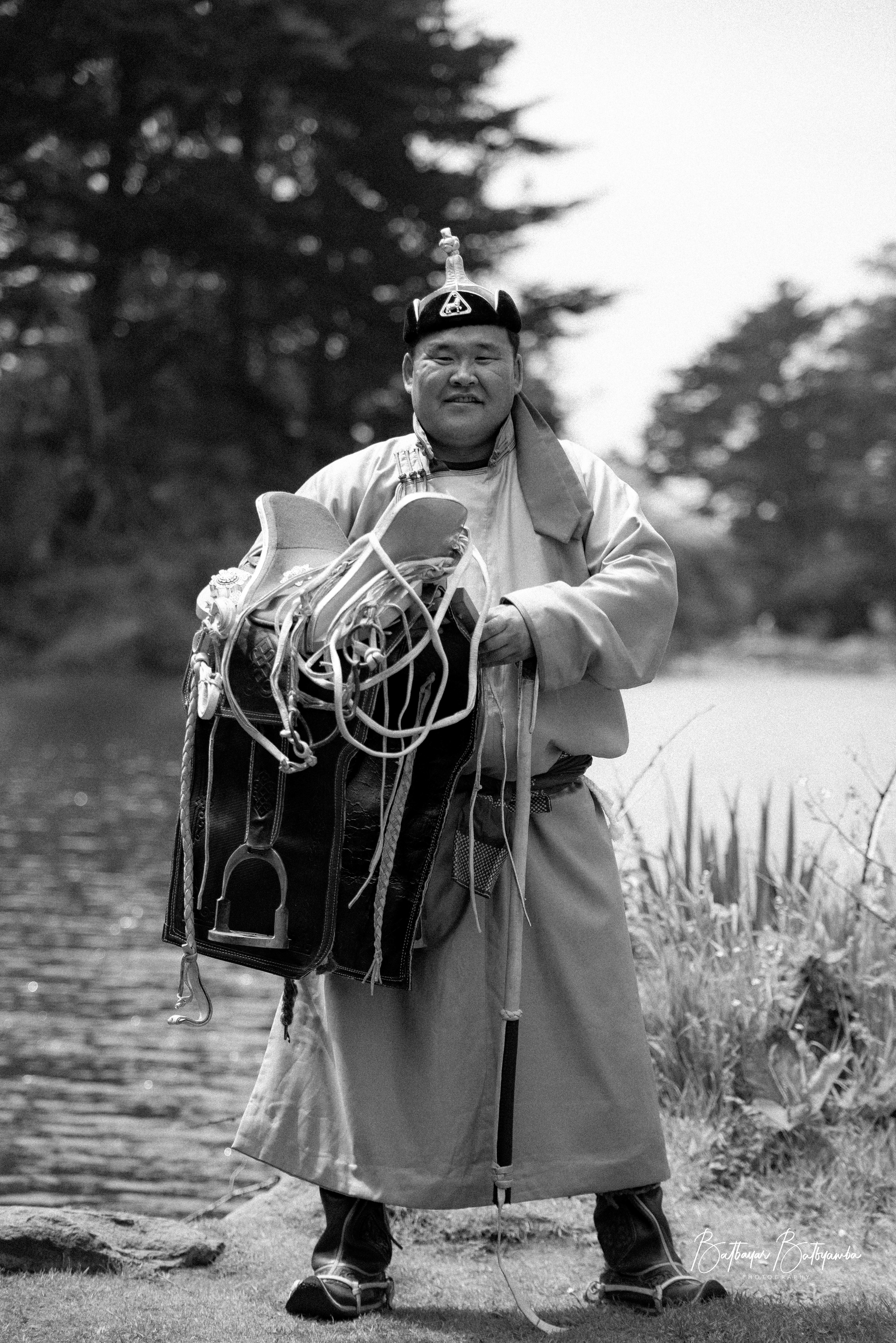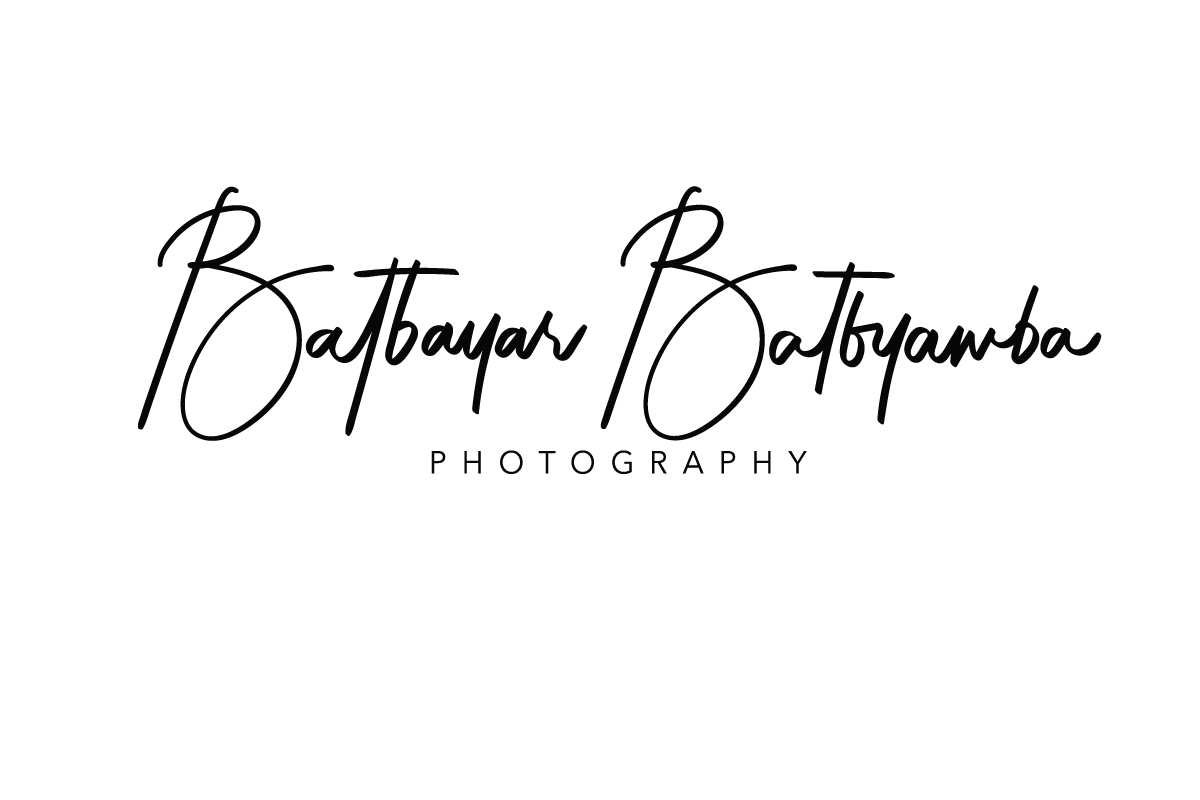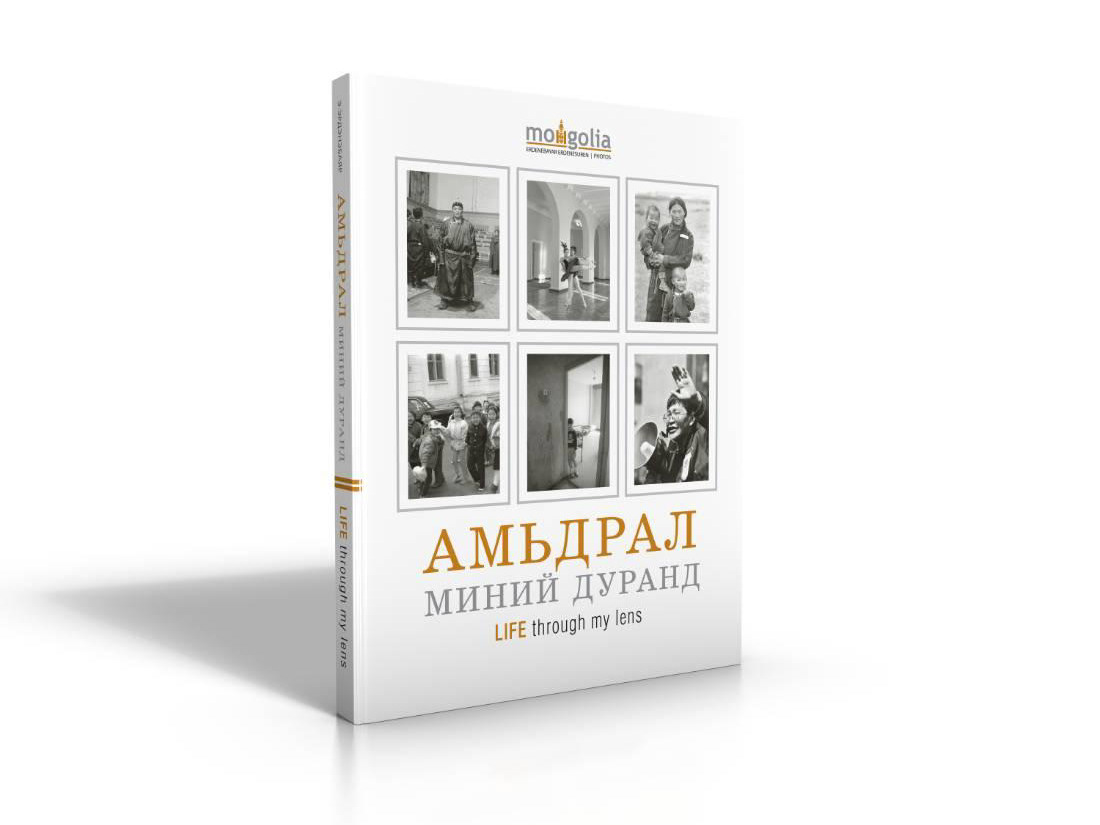
The morin khuur (horsehead fiddle)is a traditional Mongolian two-stringed instrument and a national symbol. Made with horsehair strings and a carved horsehead scroll, it produces a rich, melodic sound that evokes the landscapes and nomadic culture of Mongolia. Deeply tied to Mongolian heritage, it is used in folk music, storytelling, and rituals, embodying the spirit of the steppe and the reverence for horses.

Mongolian men wear modern-style traditional shirts while holding a **hoorog**, a small, intricately crafted snuff bottle. The **hoorog** is a cultural symbol in Mongolia, traditionally used to carry powdered tobacco for sniffing. Often made from materials like glass, jade, or precious metals, these bottles are valued not only for their practicality but also as an expression of craftsmanship and status.

He is also wearing Mongolian traditional clothes inspired by the Hunnu era, showcasing designs that date back 2,000 years and reflect the ancient heritage and artistry of that time.

He is a Mongolian national wrestler. His hat holds significant meaning as it represents his rank. These traditional Mongolian clothes are commonly worn by most wrestlers.

The symbol on his hat signifies that he holds the title of "Aimagiin Nachin" (Provincial Falcon), a prestigious rank in Mongolian wrestling.


**Sumiin Zaan Chiinbaatar** is holding a **Mongolian emeel**, a traditional saddle renowned for its unique craftsmanship and cultural significance. The Mongolian emeel is meticulously handcrafted from wood, leather, and metal, often adorned with intricate carvings and silver or gold embellishments. Designed for durability and comfort, it reflects the nomadic lifestyle of Mongolia, where horses are central to daily life. The emeel not only serves as a functional tool for horseback riding but also symbolizes status, heritage, and the skilled artistry passed down through generations.

=



